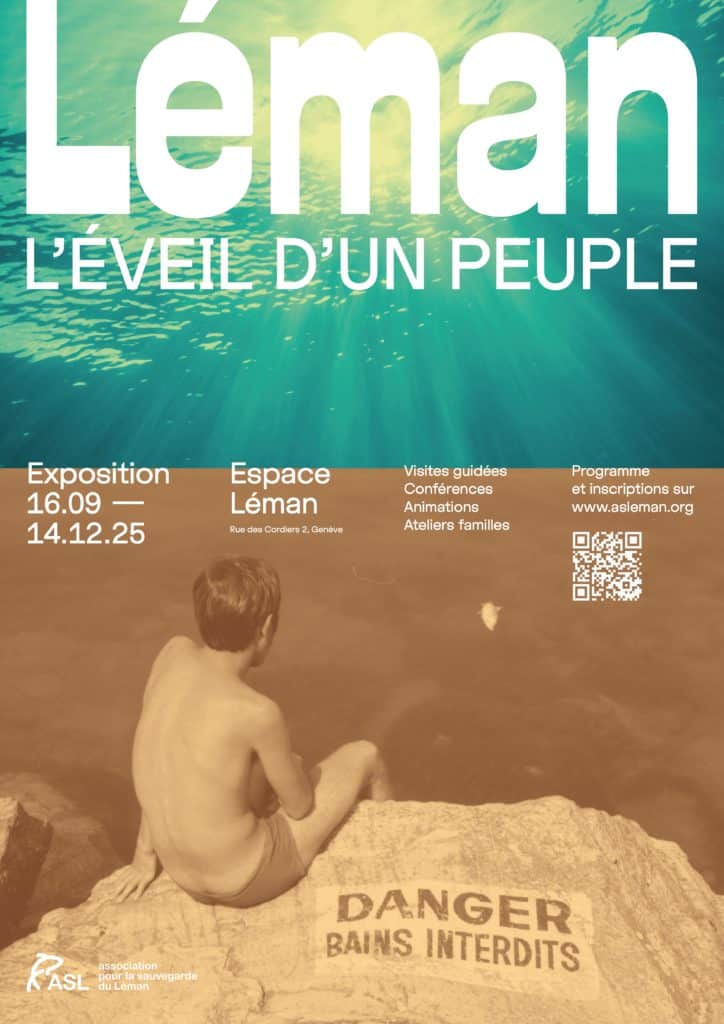Spring has arrived; the temperature is rising, the sun is lurking and our days are getting longer, but above all it's the wake-up call for many species that hibernate during the cold season. This is the case for the European Cistude, the only indigenous chelonian, or tortoise to its friends, found in the Lake Geneva region. It is not found in the lake, but alongside other wetlands such as marshes and ponds. During the harsh, cold winter, this pond turtle proves extremely resistant to low temperatures and takes refuge at the bottom of its pond, in the mud. Its skin captures the oxygen in the water, enabling it to survive for more than six months without using its lungs. But before we look at its habits and customs, how do you recognise this shell-bound animal?...
With an oval, moderately flattened carapace, the European pond turtle appears to have a flat pebble on its back, which can vary from olive-brown to black and dotted with yellow. It is unlikely that you will mistake it for an exotic turtle released by a weary and bored owner of this poor animal... With its upper horny jaw that continues in a slit to the nostrils, its webbed feet and characteristic long tail, the European Cistude is a carnivore and scavenger, feeding on aquatic invertebrates such as larvae, worms and molluscs, as well as the corpses of various vertebrates. But the Cistude still tries to have a balanced diet by adding a few plants such as duckweed or water lilies. After a good supply of food, mating begins, which can last until mid-July, generally with a single clutch of 3 to 19 eggs. Females can travel up to 4 kilometres to find a suitable site to lay their thin, soft-shelled eggs.
Cistudes therefore need a quiet, peaceful spot, such as marshes and ponds, surrounded by dry grasslands, bushy slopes or sandy knolls offering shelter from flooding and a favourable egg-laying site. Wary and shy, they are active during the hottest part of the day. Thirteen different subspecies have been recognised in Europe, North Africa and the Middle East; three of them are present in France and only one in Switzerland. Like three quarters of reptile species, the European Cistude is on the Red List of Threatened Species. Watercourses and wetlands are particularly threatened by the overload of pesticides and fertilisers, destroying all their natural diversity and dynamics and leaving their remaining occupants under great pressure.
Information taken from the websites :
Info fauna, Centre Suisse de Coordination pour la Protection des Amphibiens et Reptiles de Suisse (karch), Cistudes d'Europe
La Maison de la Rivière, Cistudes strategy
Photo credit: ©Robert Nicolas


